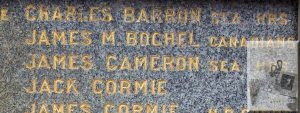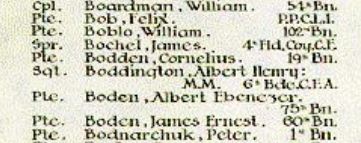Linkwood Cemetery, Elgin
The other day I went through all the cemetery photographs taken while I was staying in Lossiemouth during July 2020 and there were quite a few! The purpose of this exercise was to make a note of the headstones I thought would make an interesting blog.
What made the headstone of interest? Well, it could be the names carved in the memorial; the regiment; place of death (if included) or just a little something that sparked my interest.
One person today ticked one box twice – first with one of his first name and secondly his surname.
Who is he? William Alaister Drage Riach.
But, before I tell you about William Alaister Drage Riach I must tell you a little about his father, William.
William Snr had married Isabella nee Yeats, and at one time the couple had lived at Braco Place, 40 Hawthorn Road, Elgin.
On the 13th of June 1918, William Snr, a tailor, born in 1874, enlisted at Kinross into the RAMC. His time in the military was a short one as on the 25th of February the following year he was Demobbed.
In the previous months, William Snr served as Private 153351 and had spent time in K Company, Blackpool.
Service Records, if they have survived the damage caused during WW2, can contain so much information. Also, the Pension Records preserved by The Western Front Association and available on Fold3 – contain much more information. And can contain more personal details.
Returning to William Snr, when he enlisted he was 44 years and 1 month old. He was 5′ 4½” tall with a 38″ fully expanded chest (with a 3″ range of expansion, so a normal 35″ chest). He had married Isabella on the 17th of June 1916 at Elgin. The following year William Alaister Drage Riach was born (7th May 1917).
William Snr died at Glen View, Moray Street, Elgin on the 11th of May 1933 aged 57 and his wife Isabella Yeats followed him on the 10th of July 1937 aged 53 years.
And so back to William Jnr. In September 1951, William Jnr and his wife Dorothy Wordsworth, Gardiner whom he had married in 1942, returned to Britain from Nyasaland. Nyasaland was from 1907 a British protectorate. Between 1953 and 1963 it became part of the Federation of Rhodesia and Nyasaland. After the Federation dissolved in 1964 the area was renamed Malawi.
Where did his life in the ministry start? William had attended Aberdeen University to study theology. According to the Aberdeen Press and Journal of the 2nd of April 1935, he passed and his graduation was to take place the following day in the Mitchell Hall, Marischal College.
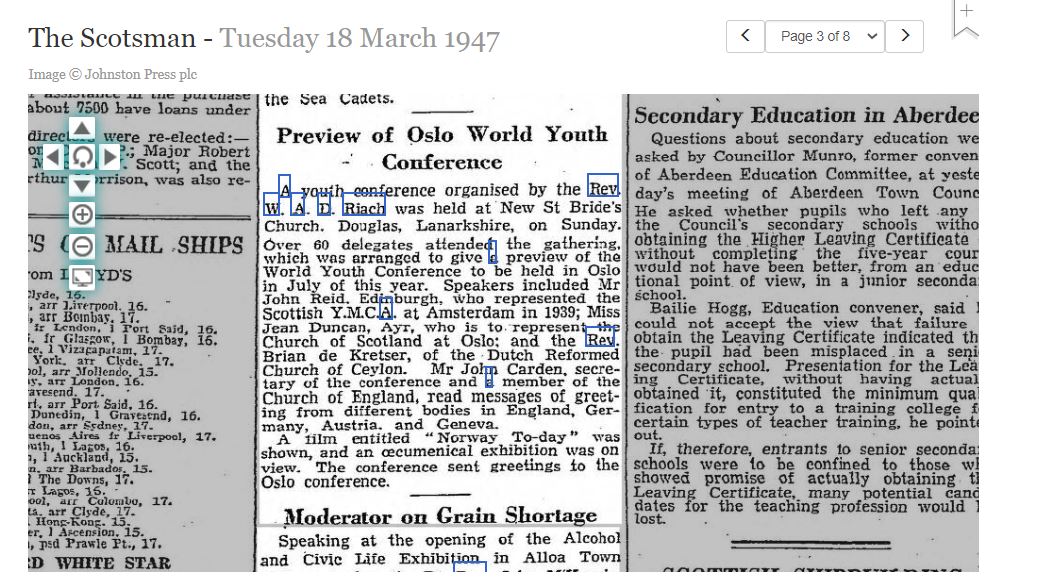
The Scotsman 18 March 1947 via British Newspaper Archives
William served time as a probationary minister in Elgin, before moving to parishes in and around central Scotland before venturing further afield. While at New St Bride’s Church, Douglas, Lanarkshire William organised a Youth Conference which was attended by over 60 delegates. Speakers included those from Scotland and Amsterdam with messages being read out from messages of greetings from various bodies in England, Germany, Austria and Geneva.
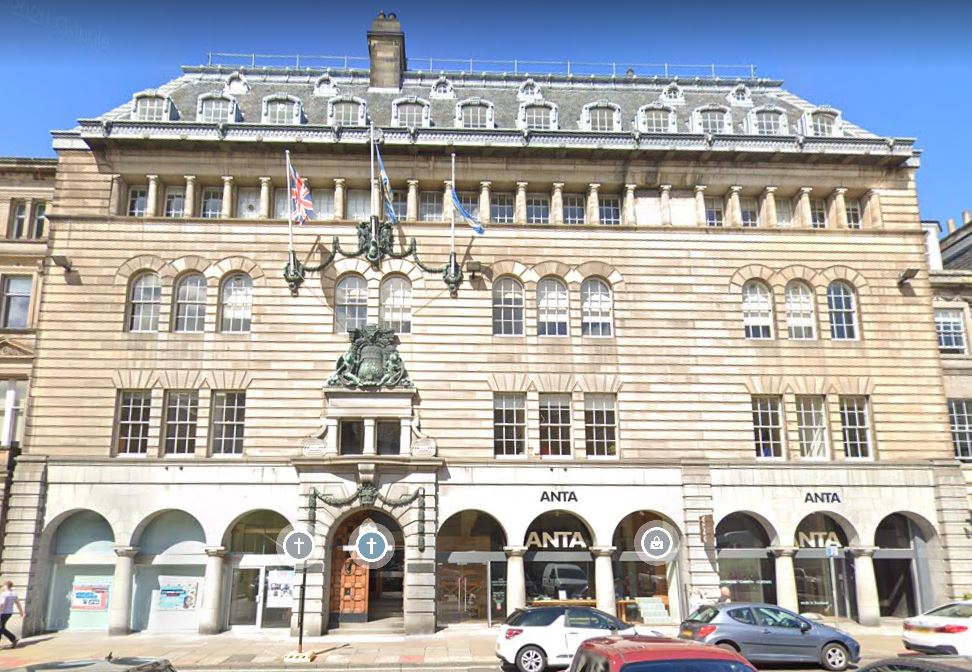
Church of Scotland, 121 George St., Edinburgh, via Google maps
William during his life was a minister in the Church of Scotland and spent some of his life in Africa. Upon his return to Britain with his wife they gave their onward address as 121 George Street, Edinburgh which is the Church of Scotland building.
The couple, William and Dorothy were on the move again in July 1952, this time their children were with them – Miss R E; Miss H M; Mstr N D and Miss A W. They again gave their UK address as 121 George Street, Edinburgh. All were to disembark the ‘Rhodesia Castle‘ at Mombasa.
By 1956 William Jnr and Dorothy are back in Africa as according to the Kenya Gazette the couple are living in Kiambu north of Nairobi.
William and Dorothy moved to Newfoundland, Canada and after a full live William died in 1999. His obituary reads:-
Riach, William Alastair Drage, died on Saturday, September 4th, at the Agnes Pratt Nursing Home. Predeceased by his beloved wife Dorothy on June 3rd, 1999. Father of Rosalind Gray, Hilary Vavasour, Neil Riach and Alison Decker, father in law of George Gray, Andy Vavasour, and Carolyn Currren; grandfather of Sarah and Stuart, Claire and Peter, Tristan, Rachel and Kathryn, friend and teacher to many. The funeral service will be held at St. James United Church, Elizabeth Avenue, St John’s on Friday, September 10th at 2 pm followed by the burial of his ashes as his Country hoe in Avondale. No flowers please, cards and notes appreciated. Donations may be made to a charity of one’s choice.
September 08, 1999.
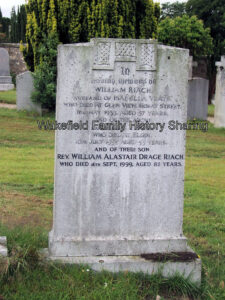
William A D Riach headstone © C Sklinar 2020
William is remembered on the family headstone in Linkwood Cemetery, Elgin but there is no mention of his wife or where he died or his missionary work.
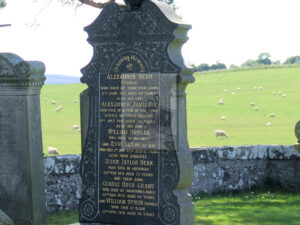
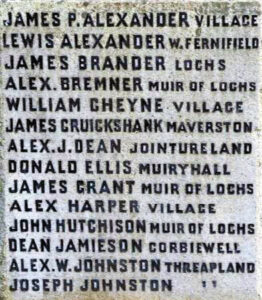
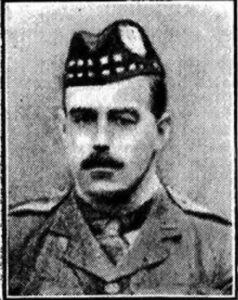
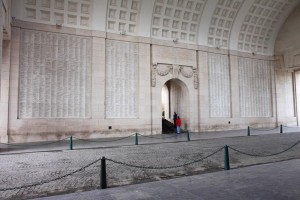
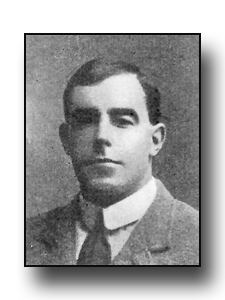
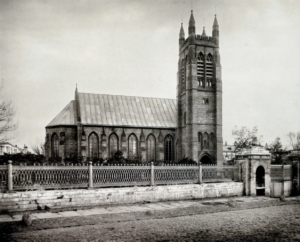
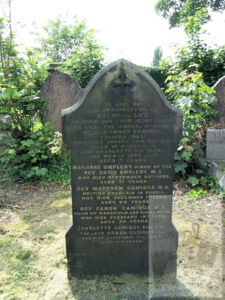
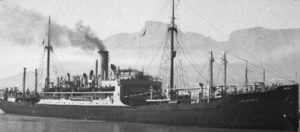
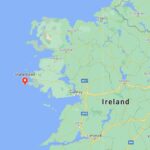
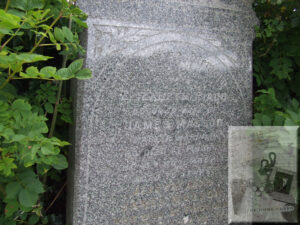
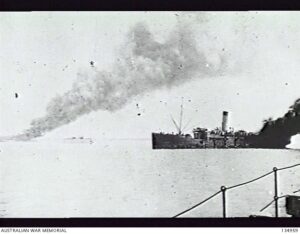
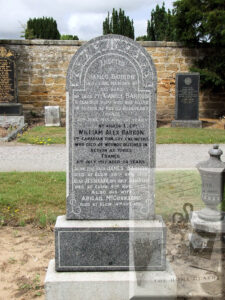
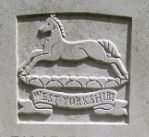
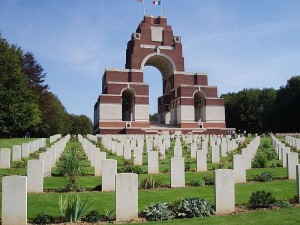
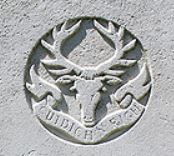
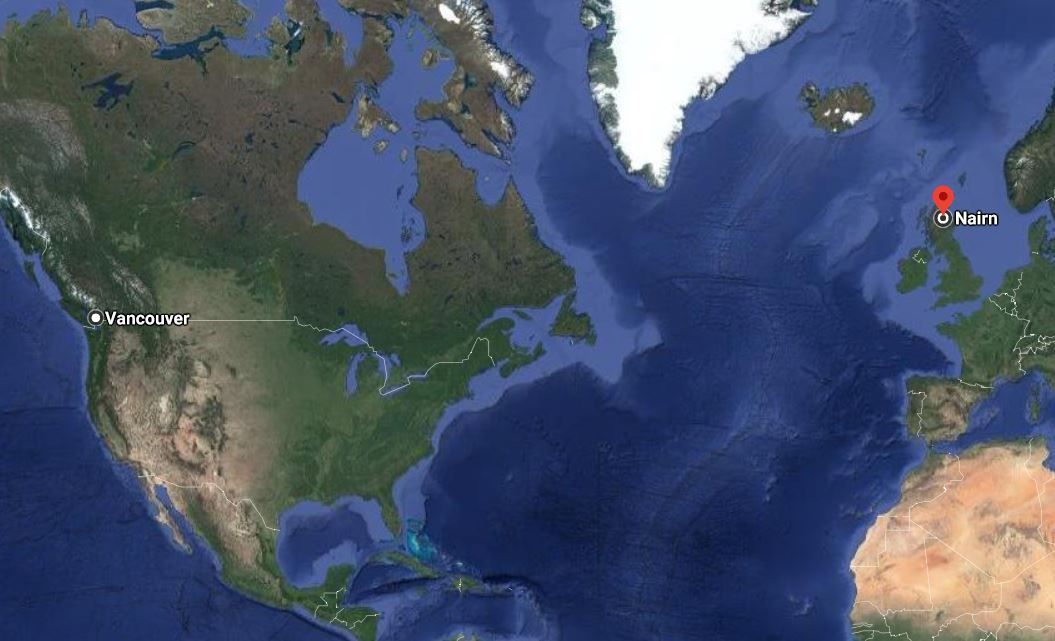
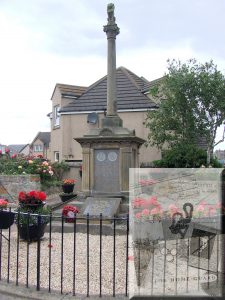 James Main Bochel is remembered locally on the Burghead War Memorial.
James Main Bochel is remembered locally on the Burghead War Memorial.